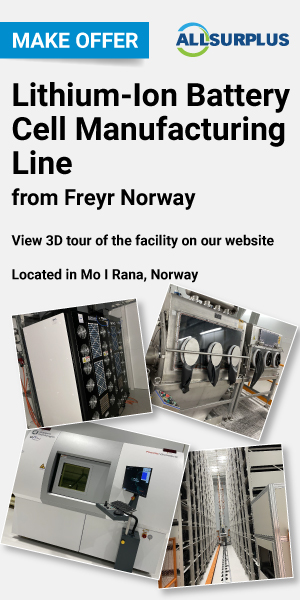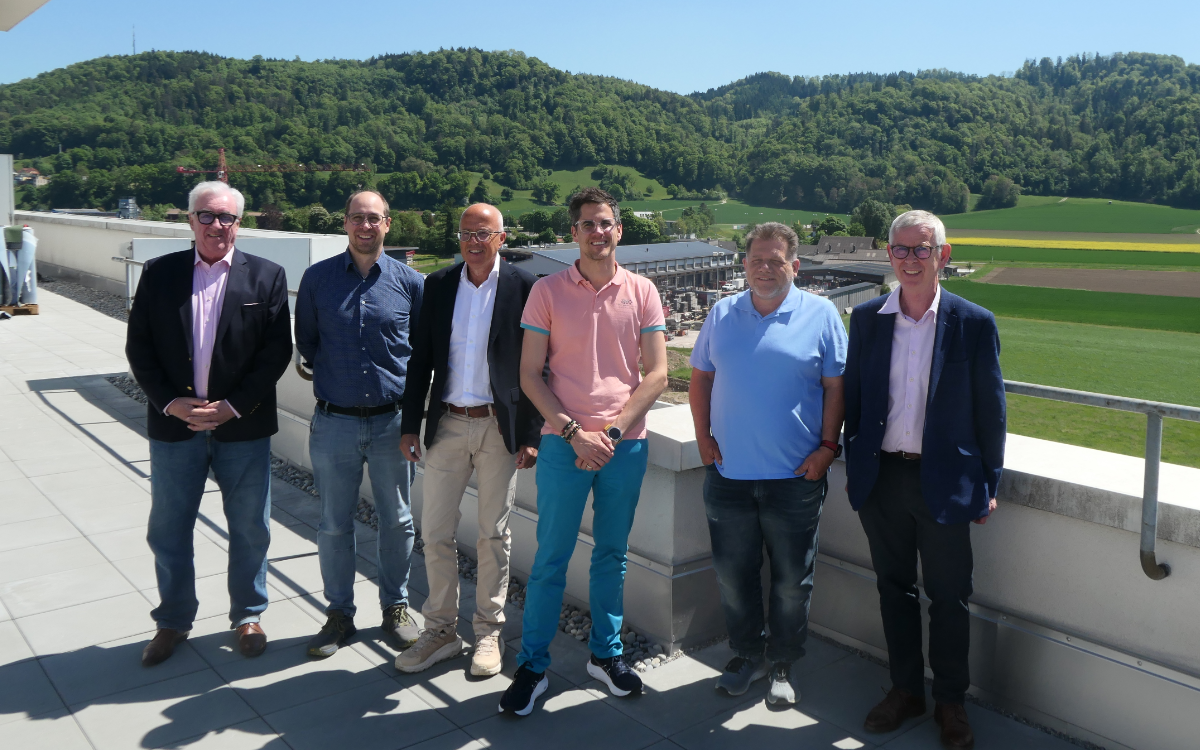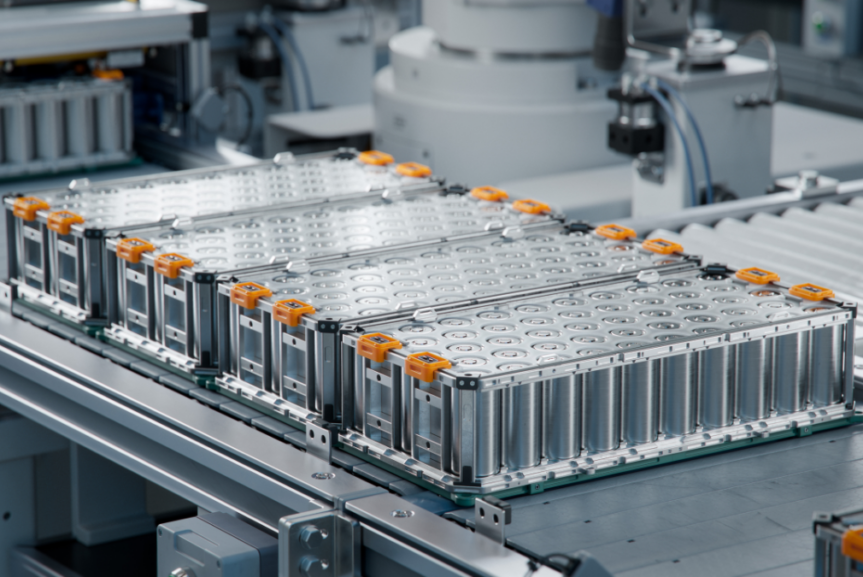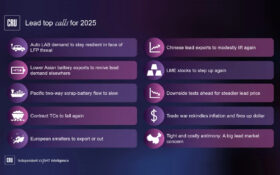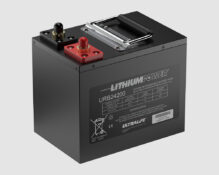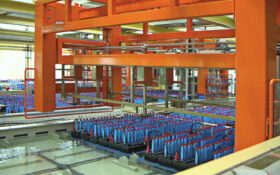Mike Weighall reports from the Bulgarian resort of Albena where the lead acid cognoscenti pay their triennial homage to the lead-acid battery Master and he ponders whether the battery research is chasing the wrong market.
"It is necessary to overcome the deficiencies of the lead-acid battery so that it can gain a dominant position in the EV/HEV market." So said Detchko Pavlov in his opening speech at this year's Labat meeting. Conference papers would highlight the importance of HEV batteries to the lead‑acid industry. LABAT 2011 had more than 300 delegates from . . .
to continue reading this article...
Sign up to any Premium subscription to continue reading
To read this article, and get access to all the Premium content on bestmag.co.uk, sign up for a Premium subscription.
view subscription optionsAlready Subscribed? Log In


